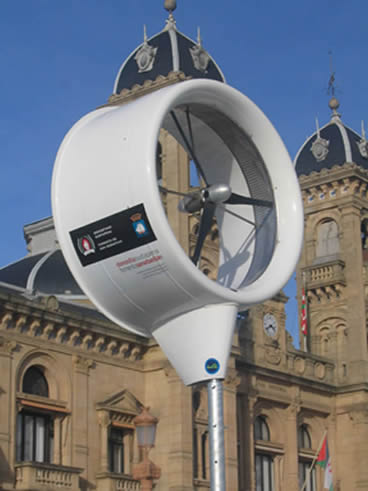| << Chapter < Page | Chapter >> Page > |

Today huge plants generate electricity from coal (44.9%), natural gas (23.8%), atomic energy (19.6%), hydroelectric (6.2%), and other renewable (e.g. wind, solar) (4%) sources.
US Energy Information Administration, Net Generation by Energy Source: Total (All Sectors), 1996 through December 2010,
http://www.eia.gov/cneaf/electricity/epm/table1_1.html , accessed 4/25/11


Technology will also enable us to operate more efficiently. One of the problems with conventional power generation is that the plants must be (over)sized to accommodate peak loads. In the future the “Smart Grid” should smooth peak loads by instructing consumer appliances to perform tasks, such as laundry and dishwashing, in low demand periods (middle of the night), and will offer lower rates as an incentive.
See Section 2.7.2&also CNT
http://www.cnt.org/news/media/brockway-consumerperspective.pdf , accessed 4/25/11

Our parents and grandparents have seen dramatic change in the area of commerce. Until 1950 we walked to the neighborhood store and most of the goods we bought were produced locally. On special occasions you’d take the trolley downtown to the central business district (CBD) to visit the large department stores (e.g. Marshall Fields in Chicago, Macy’s in New York). With the suburbanization following World War II CBD’s were replaced by suburban malls. We drove to the malls. The CBD’s died out. For the last thirty years big box chains have dominated retail, but most recently ecommerce entices consumers with better selection and prices (and sometimes no sales tax). Most of us find that we shop online more efficiently and those that need the personal attention that retail establishments currently offer might find that they will have to engage the
services of a personal shopper (note the shift from good to service). Most of the goods we purchase, even food, have been produced somewhere else. World trade, as measured in US dollars at current prices, has grown astronomically, from $10.1 billion in 1900
United Nations, INTERNATIONAL TRADE STATISTICS 1900 – 1960,
http://unstats.un.org/unsd/trade/imts/Historical%20data%201900-1960.pdf , accessed 4/26/11 extracted from world Trade Organization database 4/26/11,
http://stat.wto.org/StatisticalProgram/WSDBViewData.aspx?Language=E

Notification Switch
Would you like to follow the 'Sustainability: a comprehensive foundation' conversation and receive update notifications?